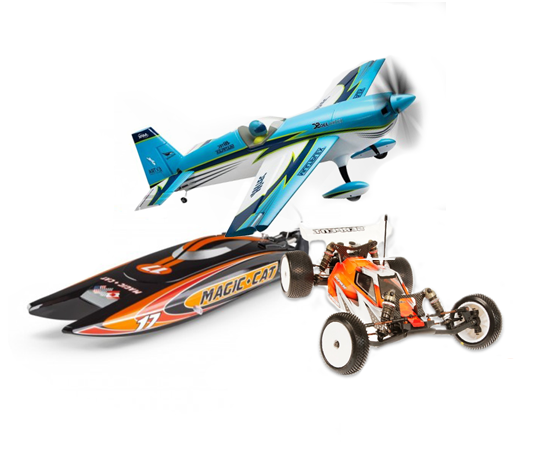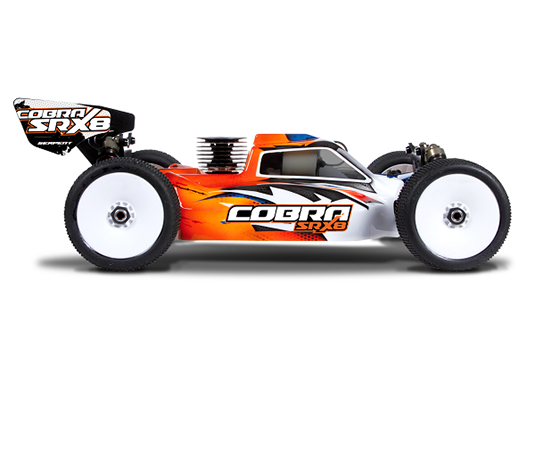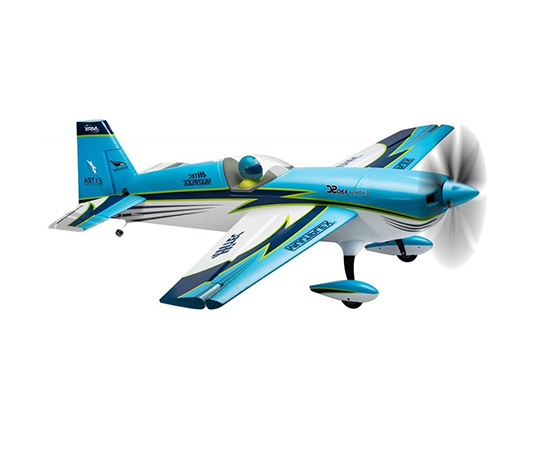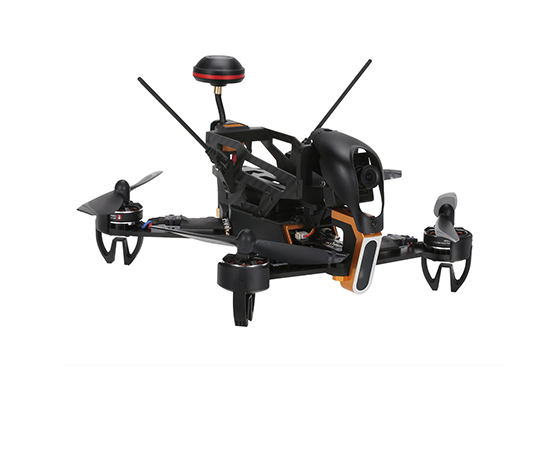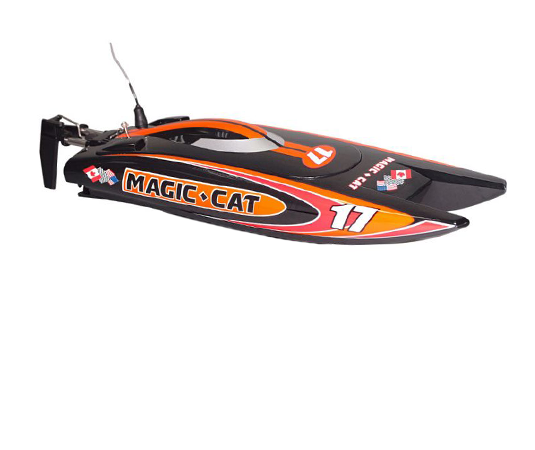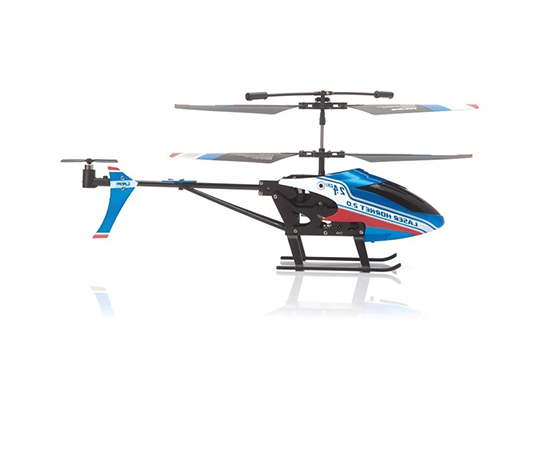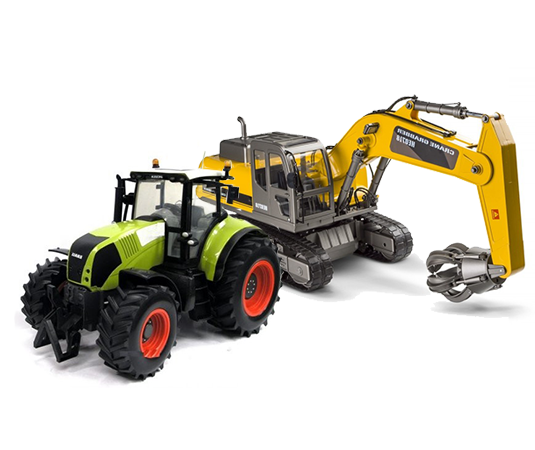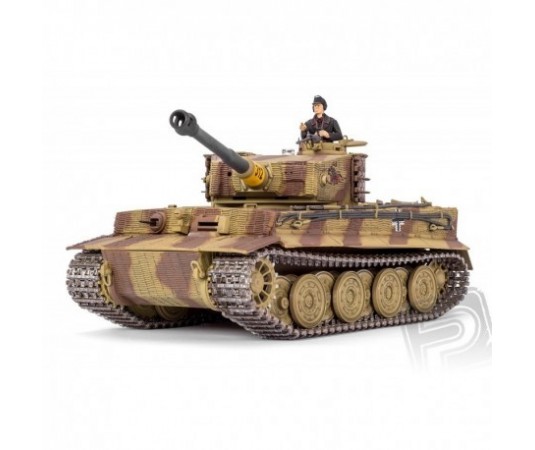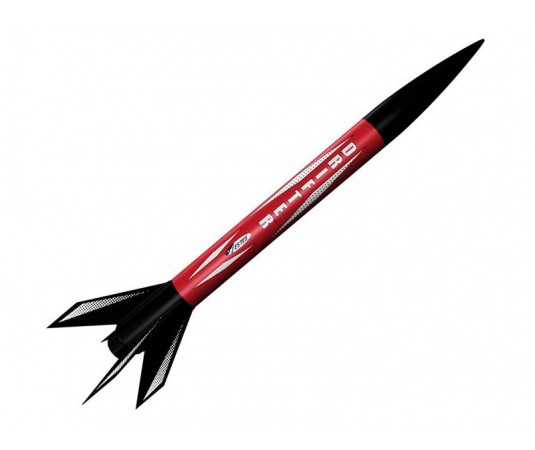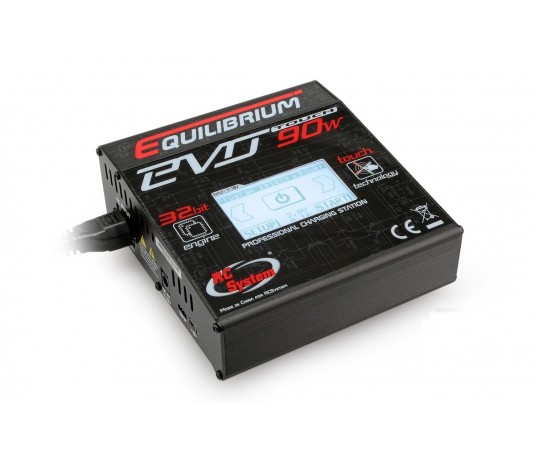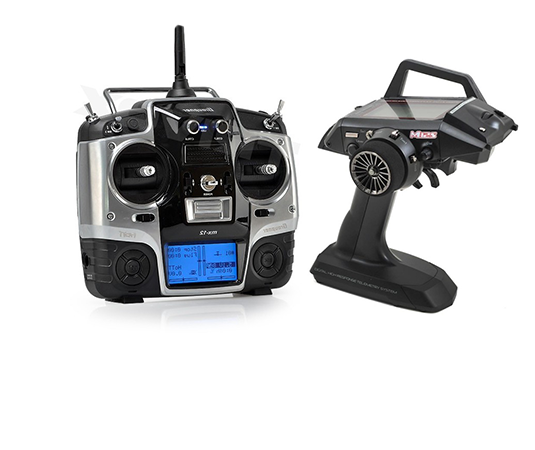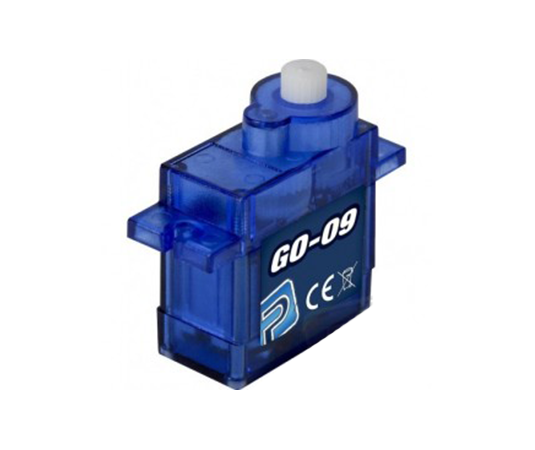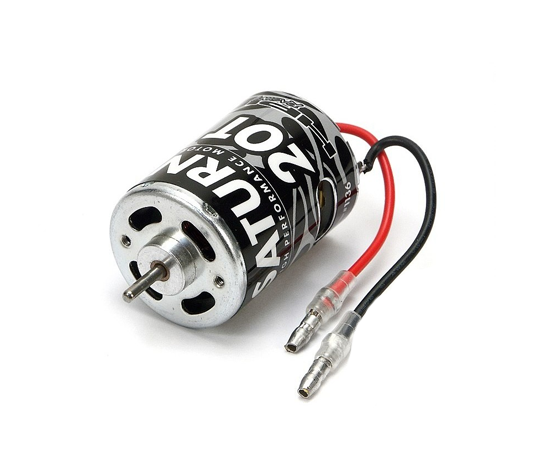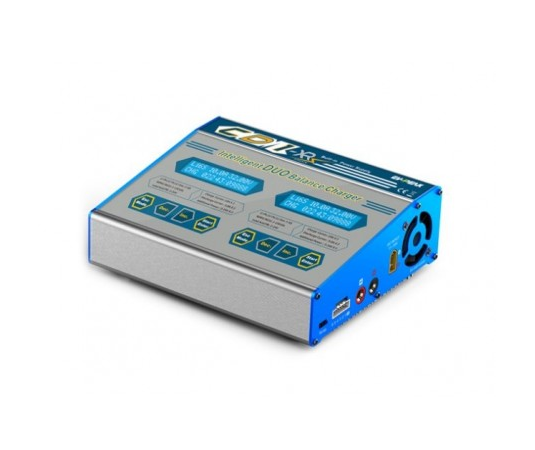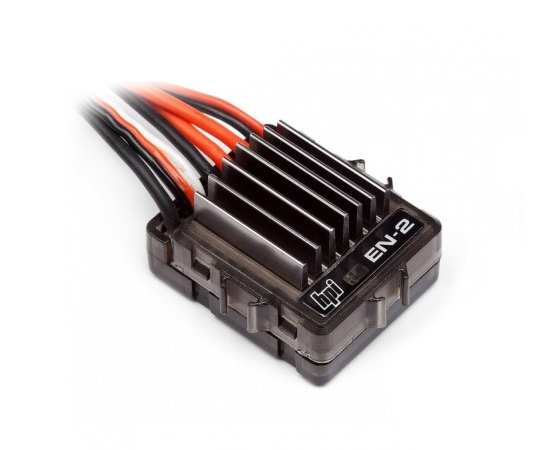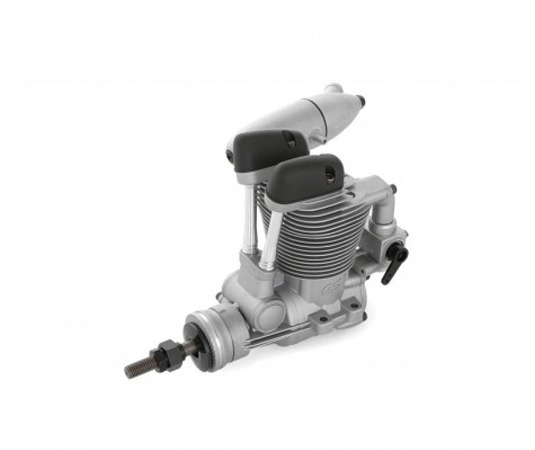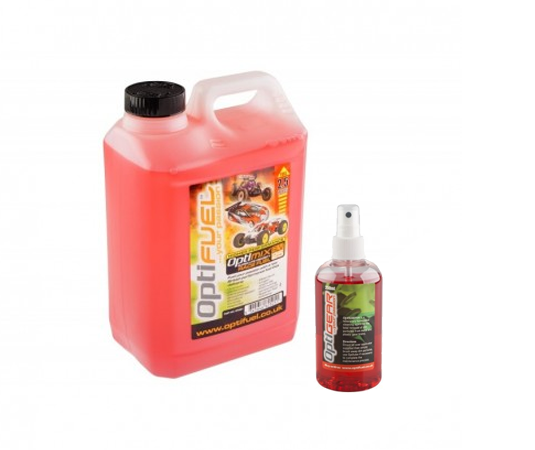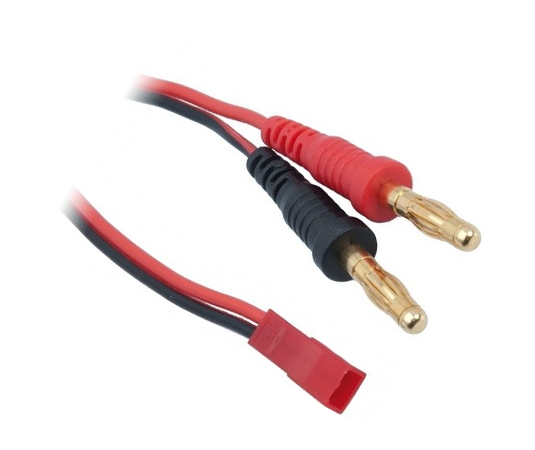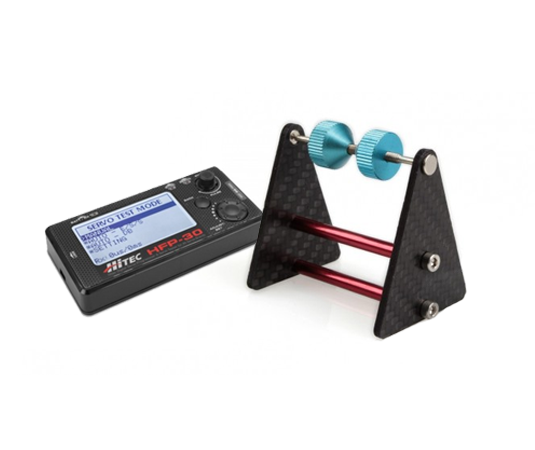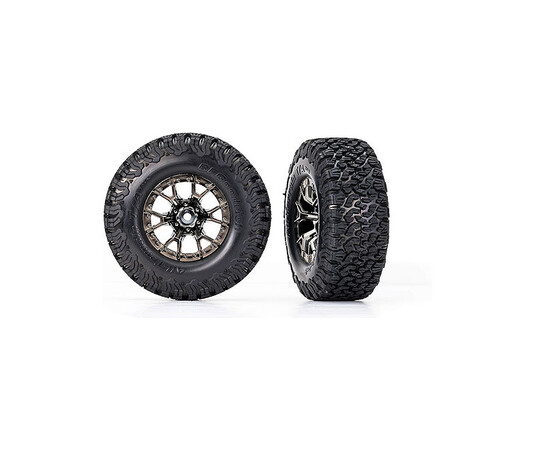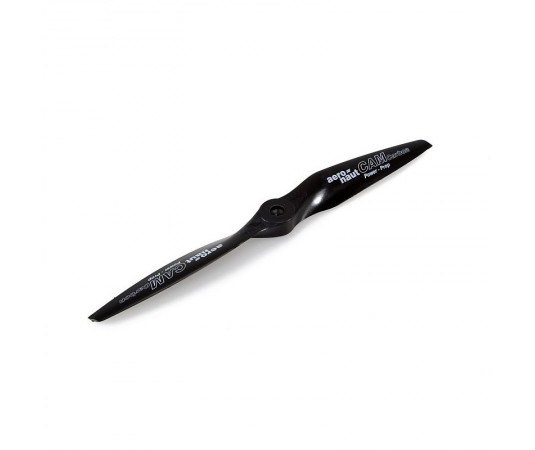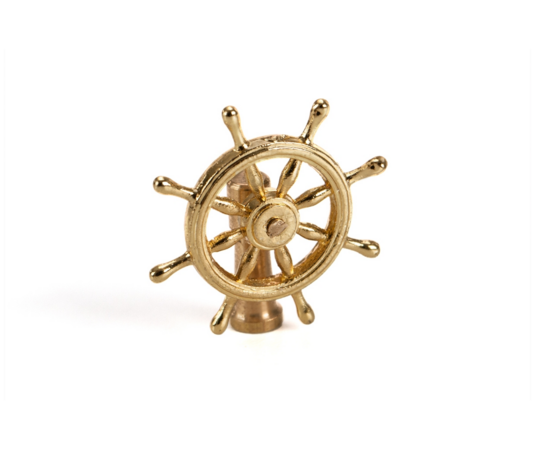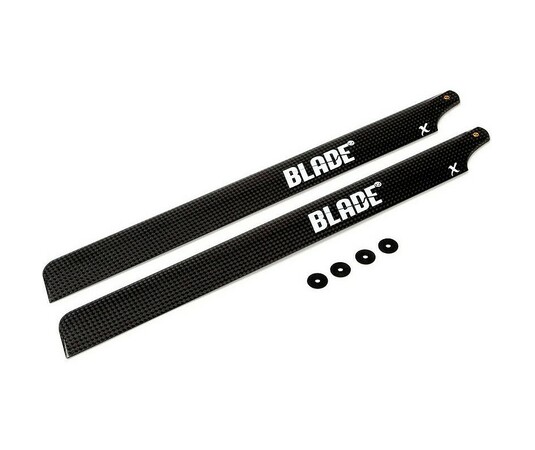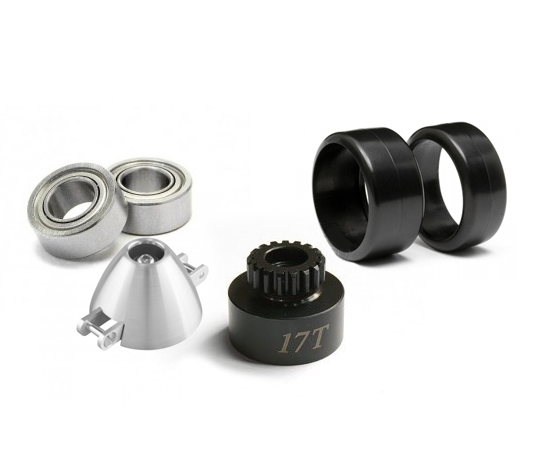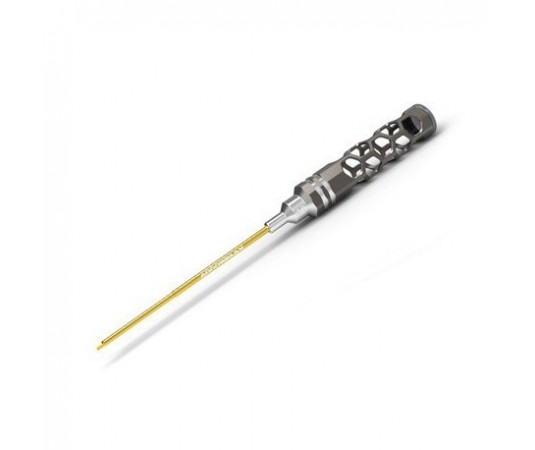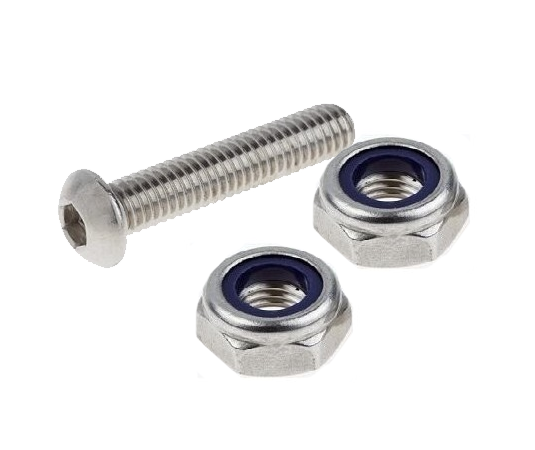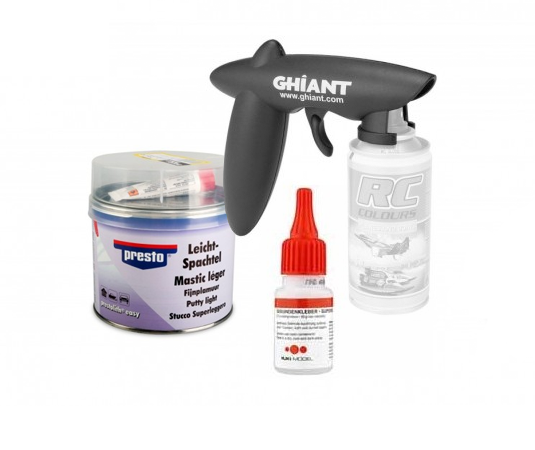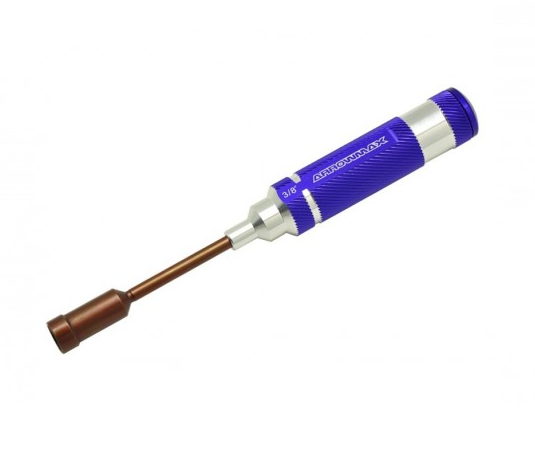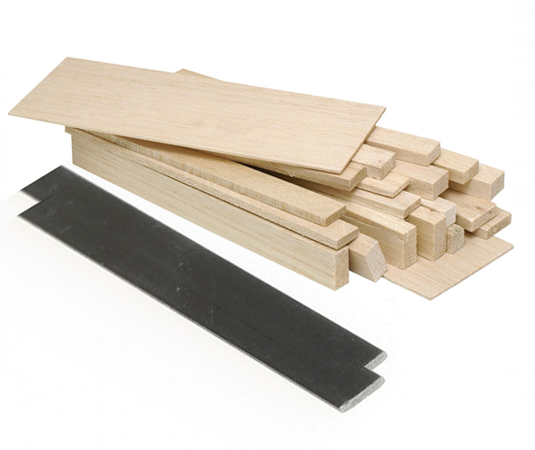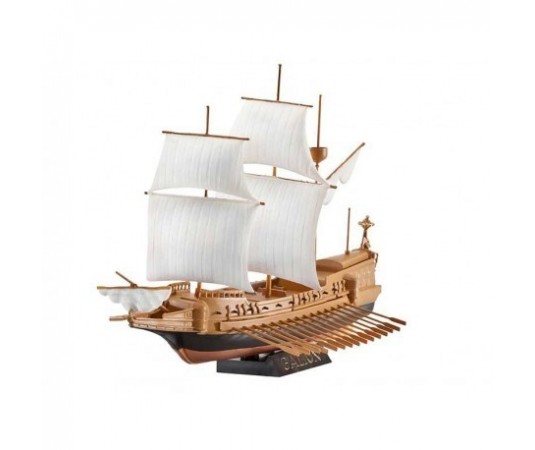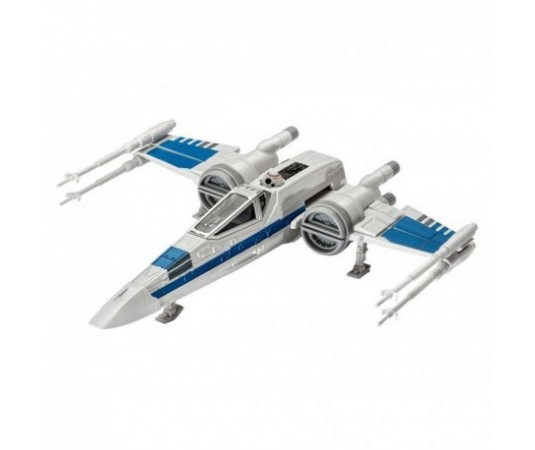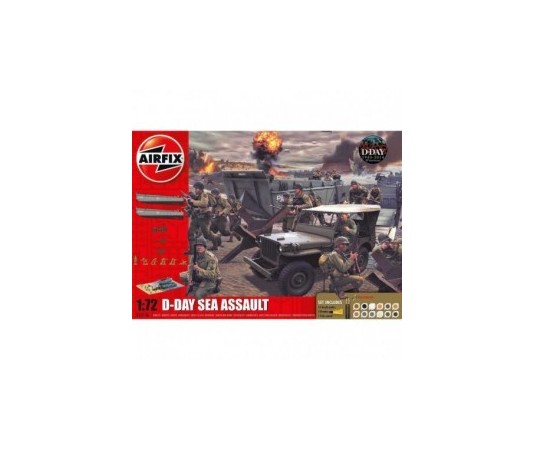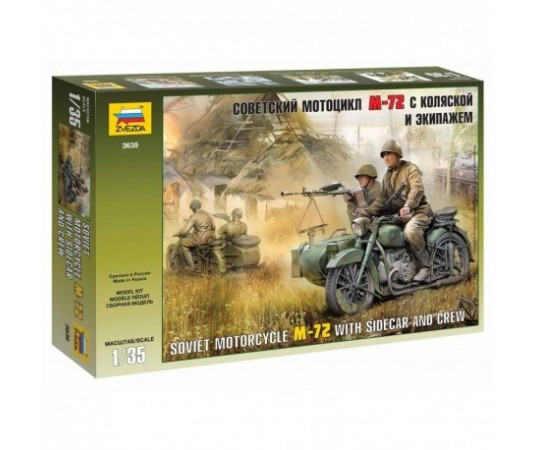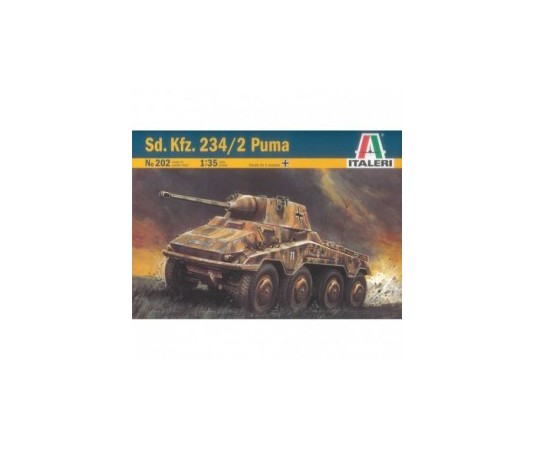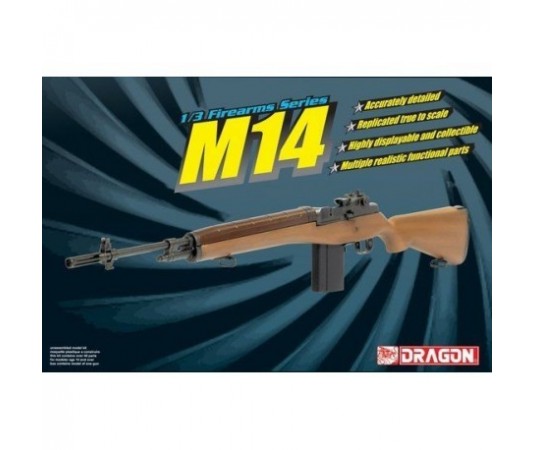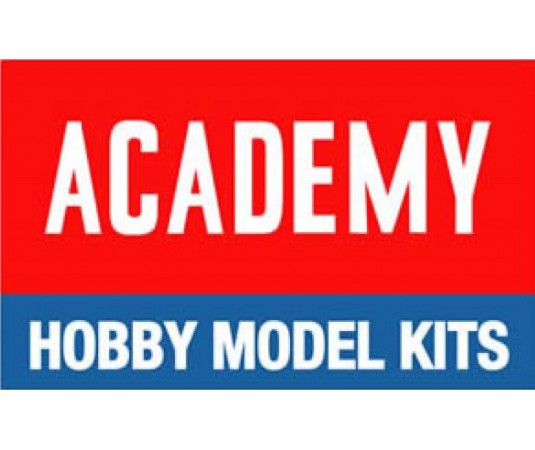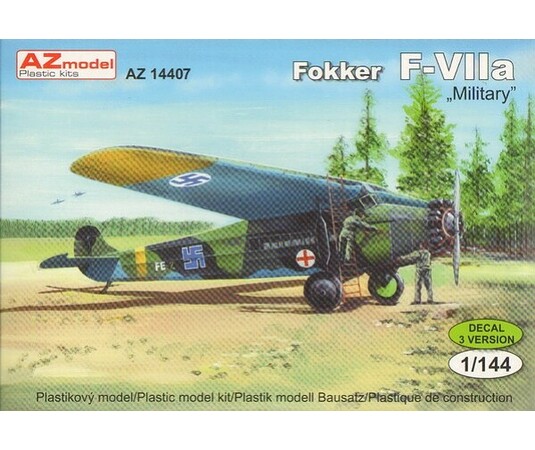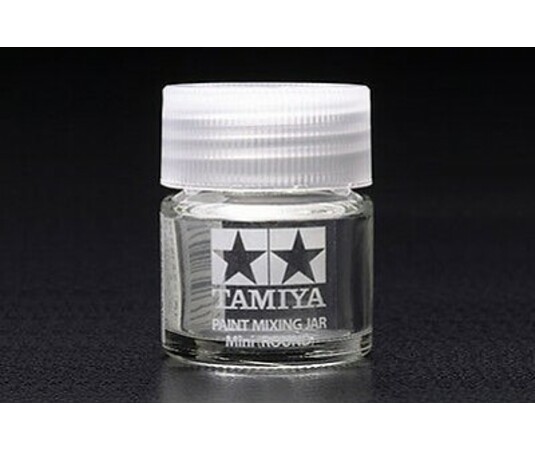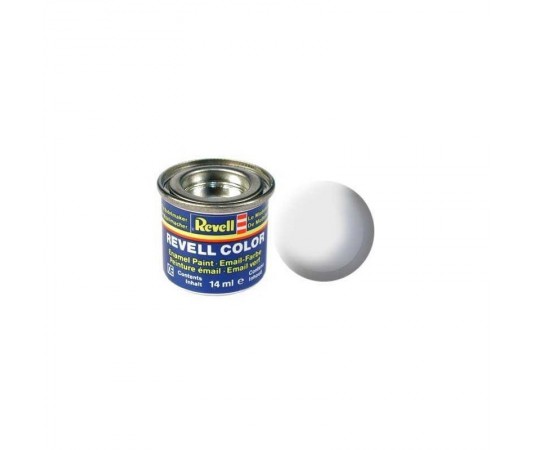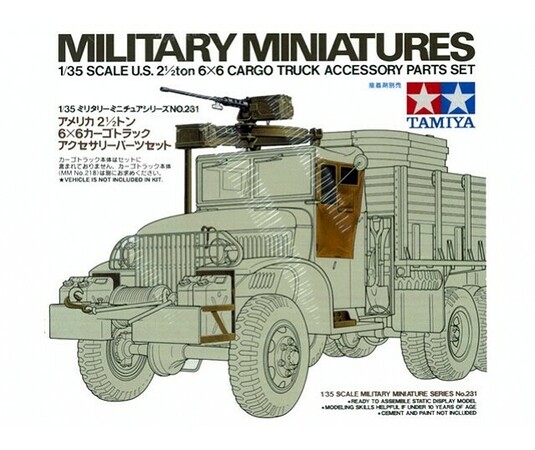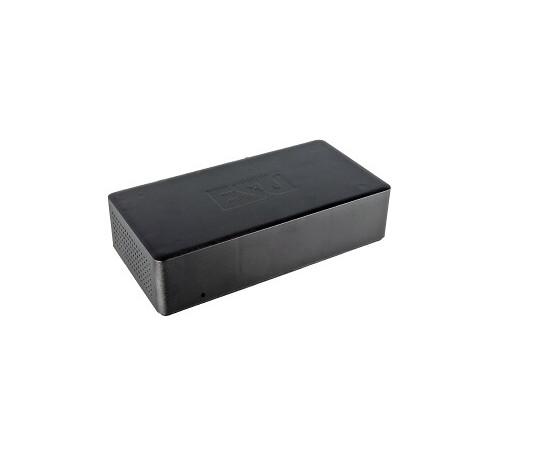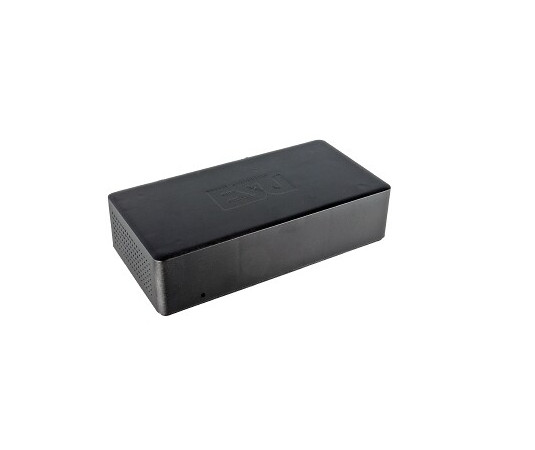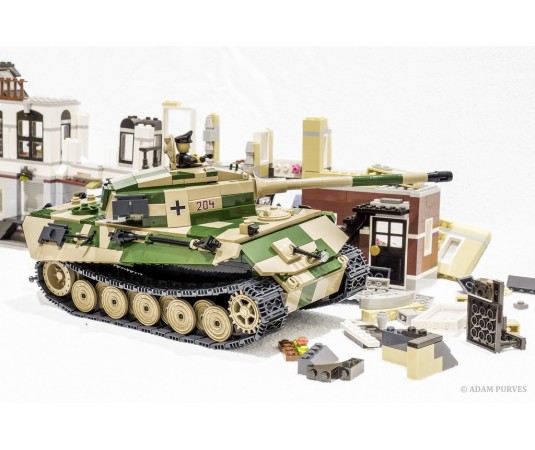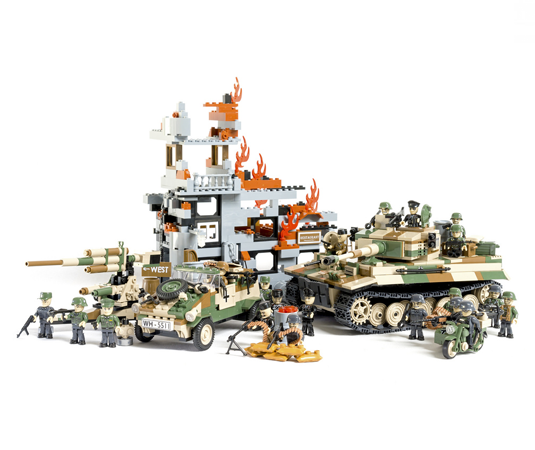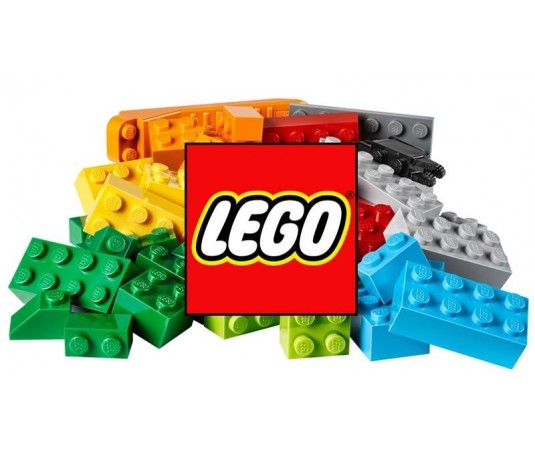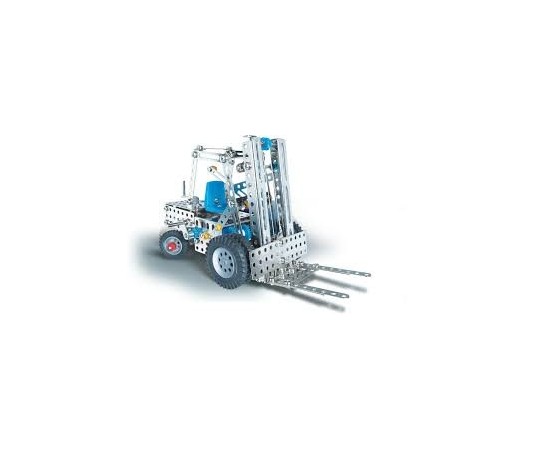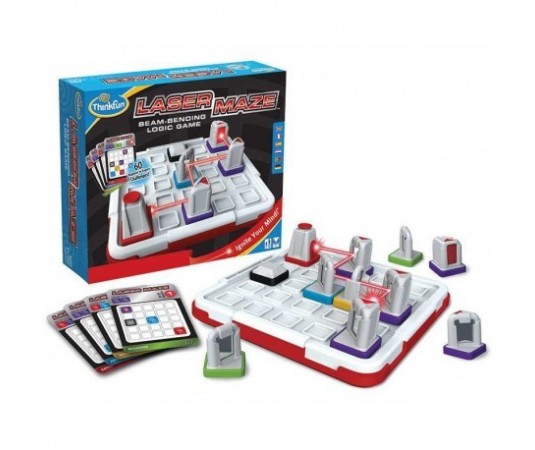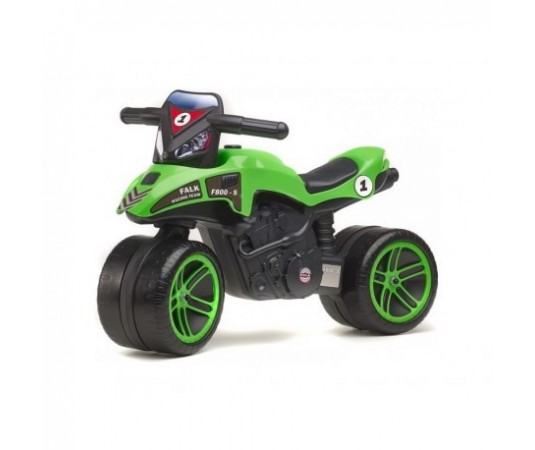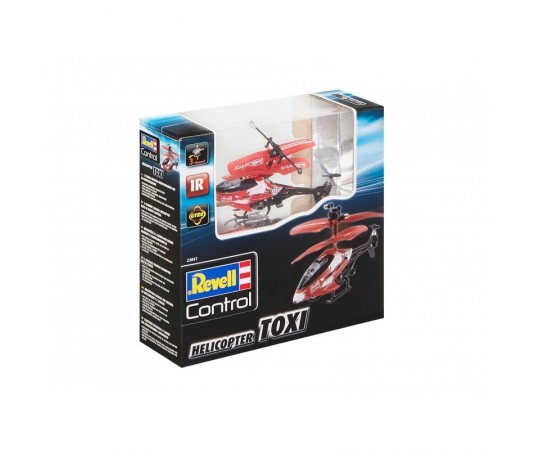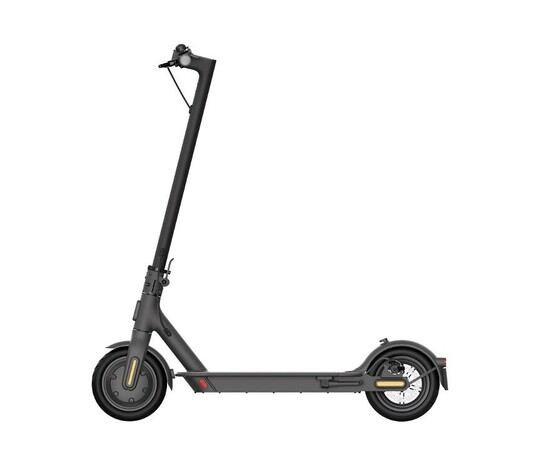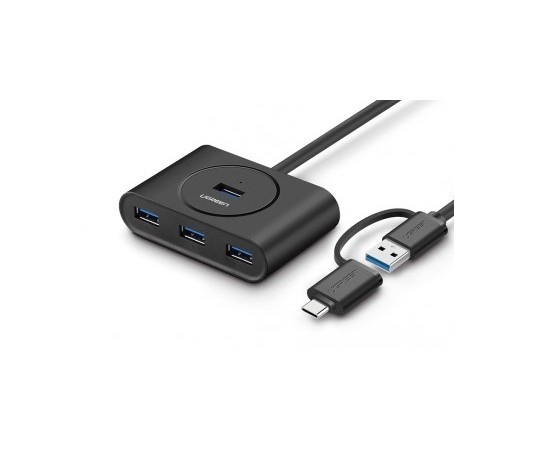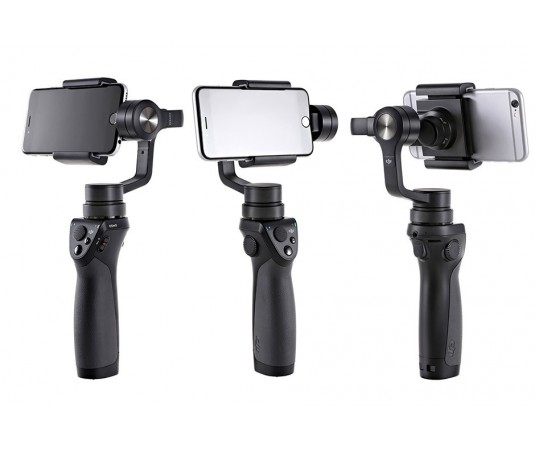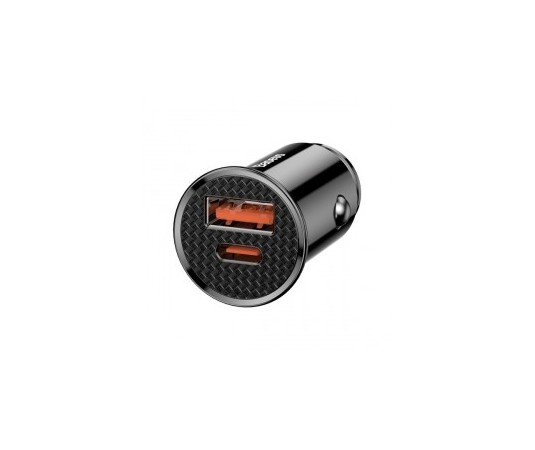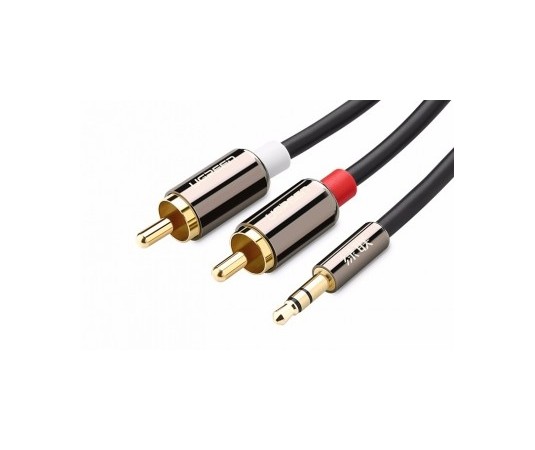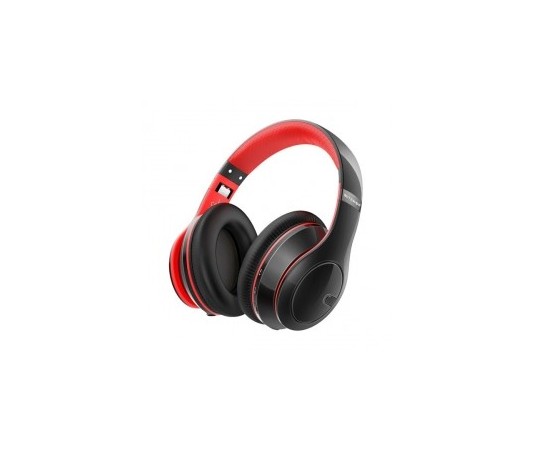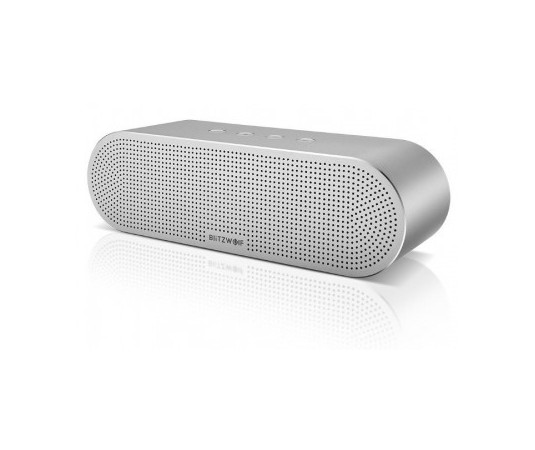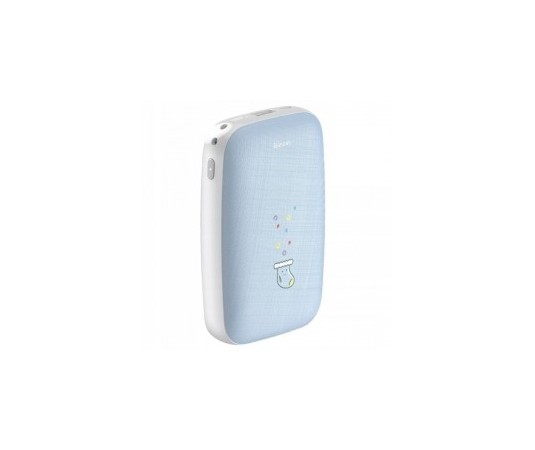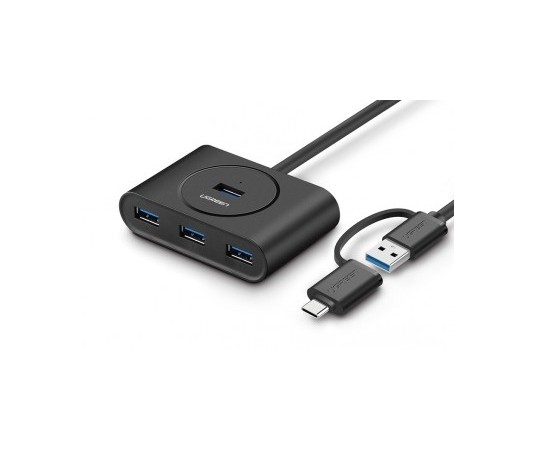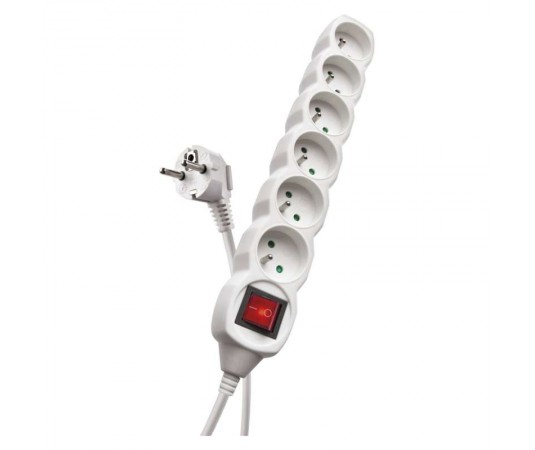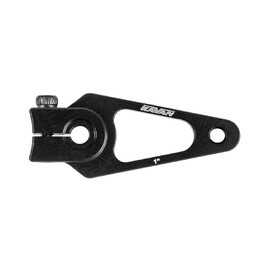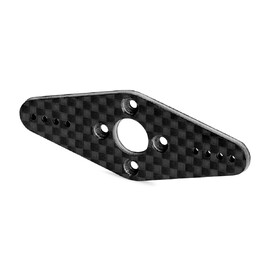Futaba S-U300 (4.1kg 0.19s/60°) (bulk)

Express delivery

Large selection of carriers

Satisfaction guarantee
Programmable digital standard S.BUS2 / S.BUS servo with plastic gears for general use. Ideal for aircraft models of all kinds (up to a size for about 15-20 cc internal combustion engine), cars and boats.
You can connect the S-U300 to the receiver outputs S.BUS 2 (serial bus with bidirectional communication) or S.BUS (serial bus with unidirectional communication) or it can function as a classic servo connected to the channel (PWM) output of the receiver.
For use with T7PX / T7PXR / T7XC RC kits with R334SBS / R334SBS-E receivers, they can be switched to SR mode and used using the T-FHSS SR (Super Response) super fast transmission system.
Using the CIU-3 USB interface and an S-Link PC program or a Futaba transmitter equipped with the S.BUS servo setting function, you can program a wide range of servo parameters (speed, amount of deflection, neutral, overload protection, soft start, etc.). Switching to SR mode is only possible with T7PX / T7PXR / T7XC transmitters.
Standard supply voltage 4.8-6.0 V.
What Is S.BUS2 / S.BUS
- S.BUS - Futaba serial bus with one-way communication enabling control of servos, controllers, switches, gyroscopes and other compatible RC devices connected to a single output port of the S.BUS receiver.
- S.BUS2 - Futaba serial bus for bidirectional communication enabling (as S.BUS) control of servos, controllers, switches, gyroscopes and other compatible RC devices connected to a single output / input port of the S.BUS2 receiver. In addition, it allows the connection of telemetry sensors and the transmission of data from them via a receiver for display on the transmitter; from some S.BUS2 servos can transmit information about the operating current, temperature or angle of the servo output lever to the transmitter.
Unlike conventional RC S.BUS (2) kits, the system uses serial data communication to transmit control signals from the receiver to a servo, gyro or other device. This data contains commands such as "move servo channel 3 to 15 degrees, move servo channel 5 to 30 degrees" for multiple devices. S.BUS (2) devices only execute commands corresponding to their own set channel. For this reason, it is possible to connect several servos to the same signal cable, while setting and controlling them individually as needed. The servo identification code (ID) is used for this. You can find the ID on the sticker on the servo box.
The S.BUS2 servo can be connected to both S.BUS2 and S.BUS ports of the receiver. Its function is determined by the channel setting in the servo memory (it is performed using the programming interface of the Futaba transmitter, the SBC-1 programmer or the CIU-3 USB interface with the S-Link PC program).
The S.BUS2 servo connected to the channel output of the classic receiver (PWM) works like a classic servo. Its movement is given by a signal in the channel of the receiver to which it is connected. The settings of the programmable servo functions remain valid.
| Servo size | Standard |
| Servo type | digital |
| Thrust at 4.8V [kg / cm] | 3.2 |
| Thrust at 6.0V [kg / cm] | 4.1 |
| Speed at 4.8V [s / 60st.] | 0.23 |
| Speed at 6.0V [s / 60st.] | 0.19 |
| Servo gears | plastic |
| Ball bearings | none |
| High voltage | No |
| Power supply [V] | 4.8 - 6 |
| Length [mm] | 40 |
| Width [mm] | 20 |
| Height [mm] | 36 |
| Weight [g] | 37 |
| Intended for | airplanes, helicopters, road cars, off-road vehicles, sailboats, ships |
| S.BUS | Yes |
| S.BUS2 | Yes |
| SR mode | yes, with T7XP / T7XPR / T7XC and R334SBS / R334SBS |


